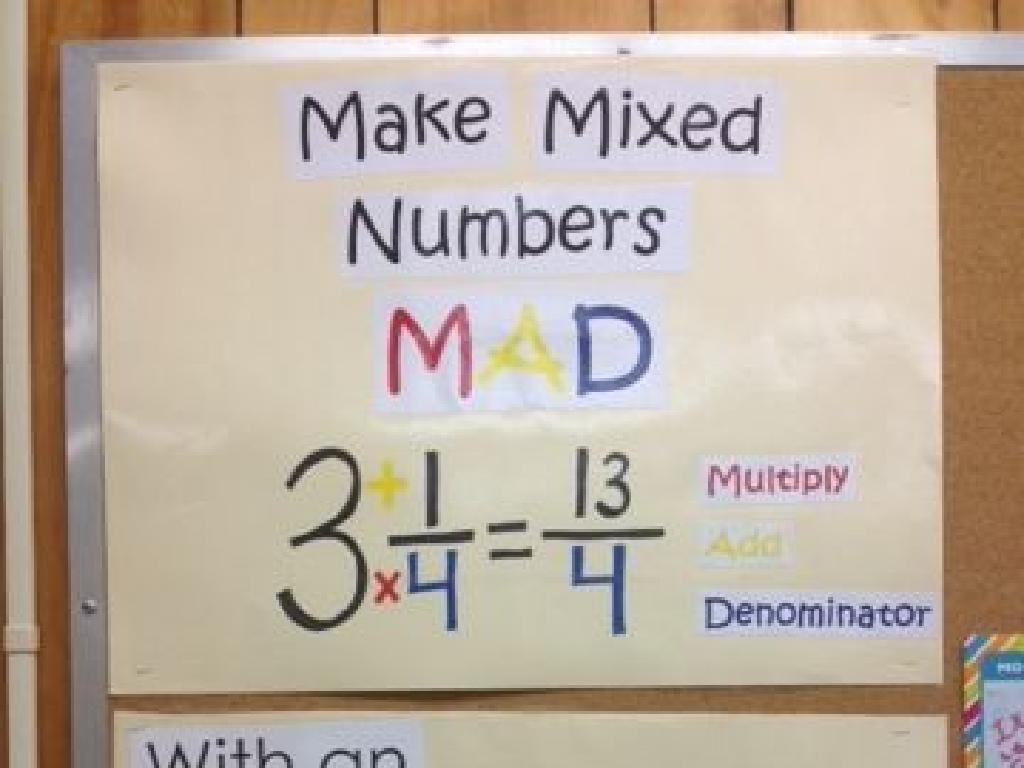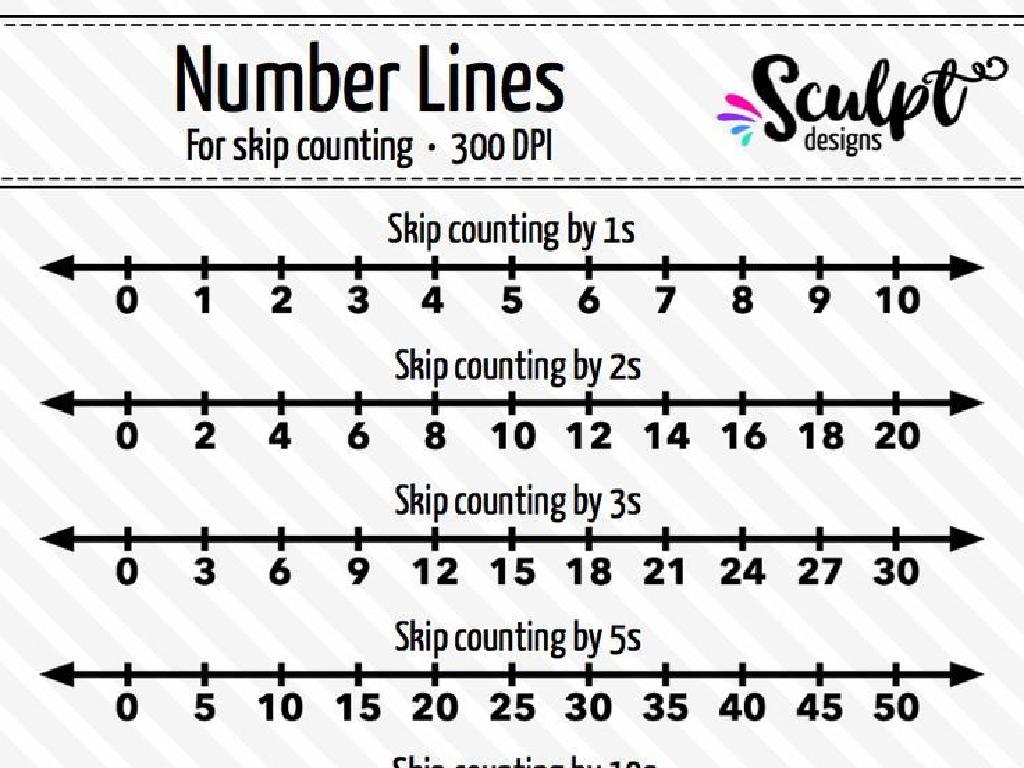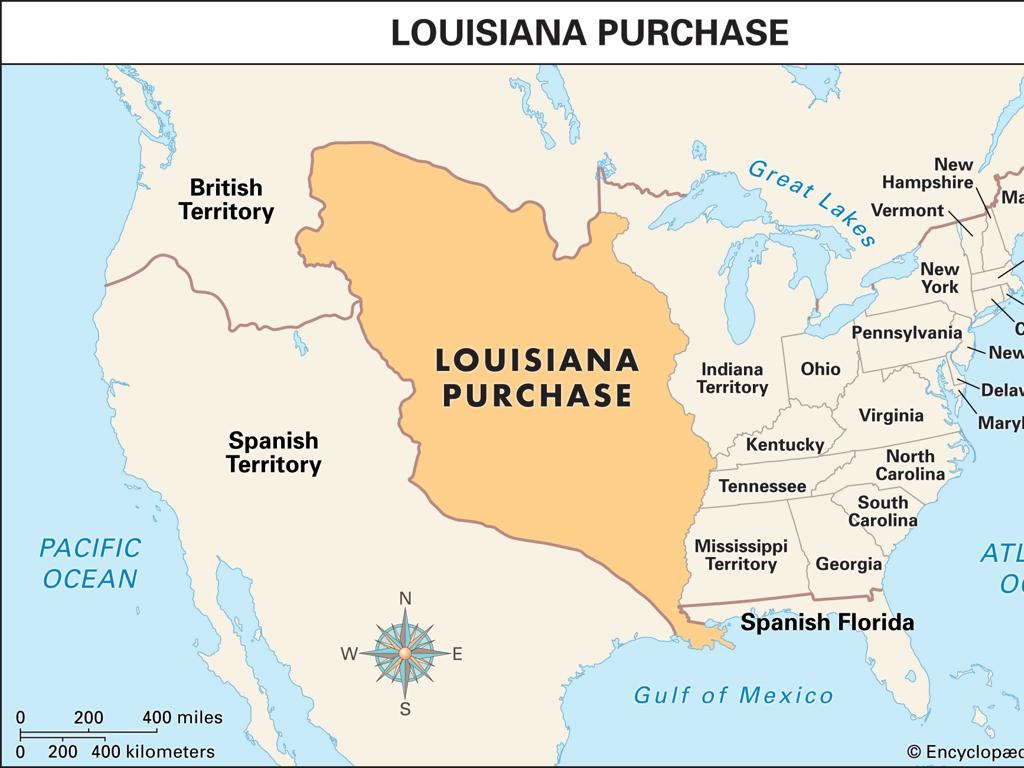Read Multisyllabic Words
Subject: Language arts
Grade: Third grade
Topic: Multisyllabic Words
Please LOG IN to download the presentation. Access is available to registered users only.
View More Content
Exploring Multisyllabic Words
– What are multisyllabic words?
– Words with more than one syllable, like ‘banana’ or ‘elephant’.
– Importance in reading
– They help us read smoothly and understand bigger words.
– Importance in writing
– Using them makes our writing rich and varied.
– Practice makes perfect
|
This slide introduces the concept of multisyllabic words to third-grade students. Begin by explaining that multisyllabic words are simply words that have more than one syllable, and provide familiar examples. Discuss how recognizing these words can help students read more fluently and understand the meaning of longer words, which is crucial as they encounter more complex texts. Emphasize that using multisyllabic words in their writing can make their stories and essays more interesting. Encourage students to practice by breaking down longer words into syllables and to listen for the natural breaks in words when they speak. This foundational skill will support their reading comprehension and writing abilities.
Exploring Multisyllabic Words
– What are multisyllabic words?
– Words with more than one syllable, like ‘banana’
– Understanding syllables
– A syllable has one vowel sound
– Examples of multisyllabic words
– ‘Computer’ breaks into com-pu-ter
– Practice with ‘computer’
– Let’s clap the syllables: com-pu-ter
|
This slide introduces the concept of multisyllabic words to third-grade students. Begin by explaining that multisyllabic words are simply words that have more than one syllable, and a syllable is a part of a word that contains a single vowel sound. Use ‘computer’ as an example to show how it breaks down into three syllables. Encourage the students to clap out each syllable to get a better understanding of how words are divided. Provide additional examples and have the students practice breaking down words into syllables and clapping them out. This will help them with reading and pronunciation of larger words.
Clapping Out Syllables
– Practice clapping for syllables
– Clap once for each syllable in a word
– Start with simple words
– Progress to longer words
– Example: ‘banana’
– Clap three times: ba-na-na
|
This slide introduces the concept of identifying syllables in multisyllabic words through clapping. Begin the lesson by explaining that syllables are like beats in words and clapping helps us find them. Start with shorter, familiar words to build confidence. Gradually introduce longer words to challenge the students. Use ‘banana’ as an example to demonstrate how to clap for each syllable. Encourage students to listen for the natural breaks in words. This activity will help students with word pronunciation and improve their reading fluency. For the class activity, have a list of words prepared and guide the students through the clapping process, ensuring they understand and can identify syllables independently.
Breaking Down Multisyllabic Words
– Break long words into parts
– Makes reading easier
– Look for familiar chunks
– ‘fan’, ‘tas’, ‘tic’ are chunks
– Example: ‘fantastic’
– ‘fan-tas-tic’ is easier to read
– Practice with different words
|
Teach students that multisyllabic words can be daunting, but they can be mastered by breaking them down into smaller, recognizable parts or ‘chunks’. Start by demonstrating with the word ‘fantastic’, showing how it can be divided into ‘fan-tas-tic’. Encourage students to look for parts of the word they already know, such as ‘fan’. Practice this technique with a variety of words, increasing in complexity, to build confidence and proficiency in reading larger words. This skill will help them not only with reading but also with spelling and understanding the structure of words.
Reading Multisyllabic Words
– Break words into parts
– Find each syllable
– Syllables are like word pieces
– Read parts together quickly
– Practice with ‘information’
– ‘in-for-ma-tion’ has four parts
|
This slide is aimed at teaching third graders how to tackle multisyllabic words by breaking them down into manageable parts. Start by explaining what a syllable is and how each syllable typically contains a vowel sound. Demonstrate finding syllables by clapping hands for each part. Then, guide students to read the parts quickly together to say the whole word smoothly. Use ‘information’ as an example, breaking it down and practicing as a class. Encourage students to apply this technique to other long words they encounter.
Practice Time: Reading Multisyllabic Words
– It’s your turn to practice
– Read words together in class
– Break words into syllables
– Find the chunks of sound in each word
– Use syllables to read smoothly
– Combining syllables helps with pronunciation
|
This slide is designed for a class activity where students will practice reading multisyllabic words aloud. Start by explaining that multisyllabic words are words with more than one syllable, and the key to reading them is to break them down into smaller, manageable parts. Demonstrate this by clapping out the syllables for a few example words. Then, read a list of multisyllabic words together as a class, encouraging students to identify and pronounce each syllable. Remind them to look for familiar chunks or patterns in words to make them easier to read. For individual practice, students can write down words and visually break them into syllables before reading them aloud. This exercise will help students improve their decoding skills and fluency in reading longer words.
Let’s Play Syllable Hopscotch!
– ‘Syllable Hopscotch’ game introduction
– Hop on syllables while saying them
– For ‘butterfly’, hop on ‘but’, ‘ter’, ‘fly’
– Break down long words into syllables
– Each hop represents a chunk of the word
– Practice reading multisyllabic words
– Helps with pronunciation and understanding
|
This interactive activity is designed to help students understand and practice breaking down multisyllabic words into syllables, which is a key reading skill. By physically hopping on drawn squares that represent syllables of a word, students can better grasp the concept of syllable segmentation. This kinesthetic approach caters to different learning styles and makes the learning process fun. Teachers should prepare a list of age-appropriate multisyllabic words and draw a hopscotch grid with the correct number of squares for the syllables in each word. Encourage students to say each syllable aloud as they hop on its corresponding square. This will aid in both their ability to decode longer words and improve their pronunciation skills.
Class Activity: Syllable Scavenger Hunt
– Explore the classroom for multisyllabic words
– Write down the words you find
– Clap out the syllables with a partner
– Clapping helps identify the separate syllables in a word
– Record the syllables of each word
– Writing syllables reinforces spelling and pronunciation
|
This interactive activity is designed to help students recognize and practice multisyllabic words in a fun and engaging way. By searching the classroom, students will be able to connect the words they find with familiar objects or images, aiding in retention and understanding. Working in pairs allows for peer learning and support. As a teacher, facilitate the activity by providing examples of multisyllabic words and demonstrating how to clap out syllables. Encourage students to say the words aloud as they clap to further reinforce learning. After the activity, review the words found by the class and discuss the number of syllables in each, ensuring that students understand how to break down complex words into manageable parts.
Becoming a Multisyllabic Word Master!
– Congratulations on your hard work!
– Break words into syllables to read easily
– Like ‘bi-cy-cle’ becomes easier to read
– Practice makes perfect
– Try with different words every day
– You’re on your way to mastery!
|
This slide is meant to congratulate the students on their progress with multisyllabic words and to encourage them to continue practicing. Emphasize the importance of breaking down complex words into syllables to make them more manageable to read. Remind them that consistent practice is key to becoming proficient. Encourage them to apply this skill to their daily reading and to not be discouraged by challenging words, as they will improve over time. Celebrate their achievements so far and motivate them for future learning.






